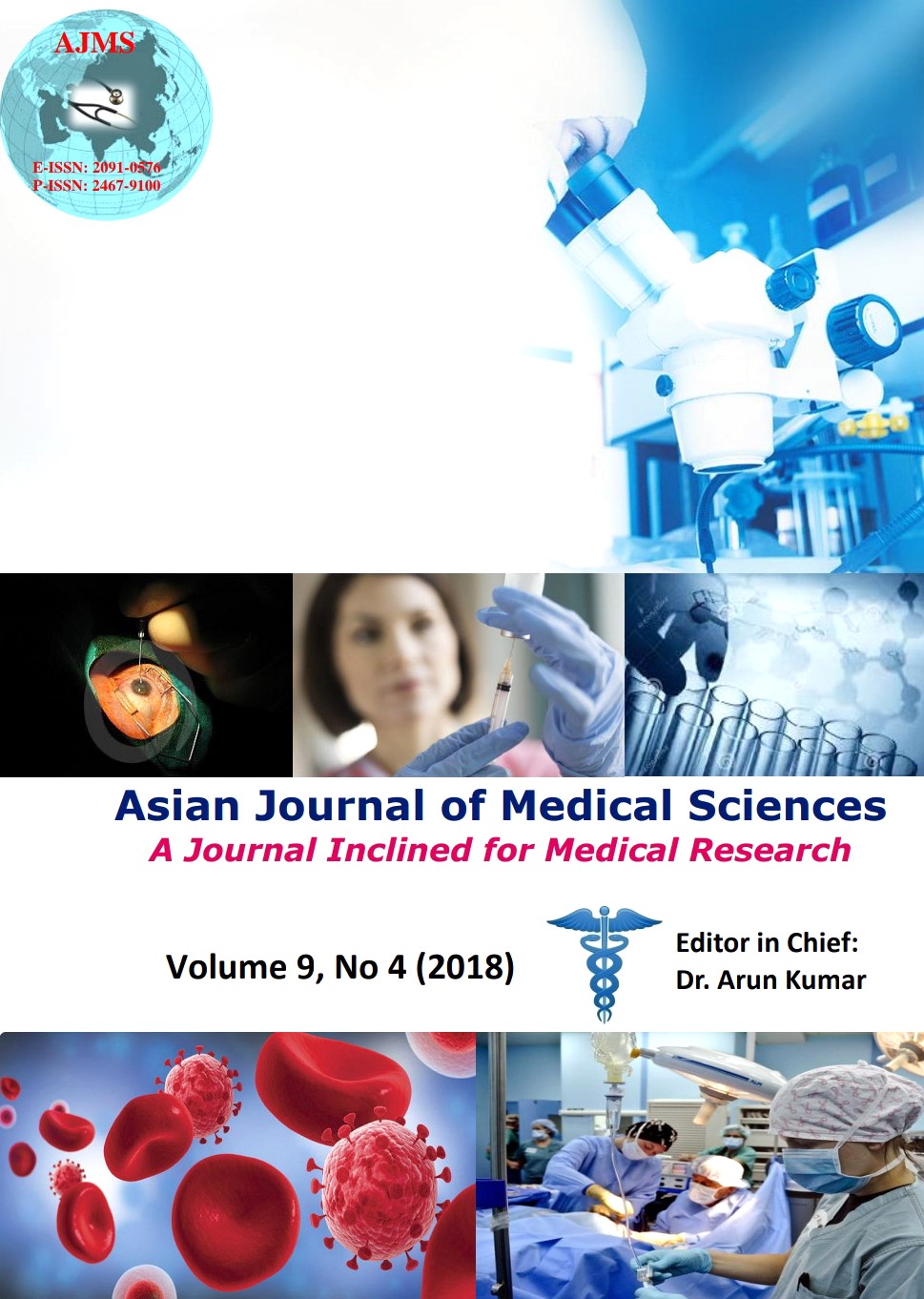Delayed presenting traumatic Extradural Haematoma- whether surgery always necessary? – An experience in a tertiary care hospital.
Keywords:
Head injury, Delayed presenting EDH, Management of EDH, Extradural HaematomaAbstract
Background: Extradural haematoma (EDH), considered being the most serious preventable complication of head injury, requiring immediate diagnosis and surgical intervention. Though surgical evacuation constitutes the definitive treatment of this condition but many patients who presented late to emergency can be saved from craniotomy with watchful repeated neurological assessments.
Aims and Objectives: To evaluate the role of surgical and non surgical management of delayed presenting traumatic EDH at a tertiary care Hospital.
Materials and Methods: This study was conducted from December 2015 to February 2017 at Nil Ratan Sircar medical College, Kolkata. A total 100 cases of traumatic Extradural Haematoma were admitted with history of prior head injury of greater than 8 hours duration. All the patients were assessed clinically on admission and by NECT brain either prior to or immediately after admission. All patients with traumatic EDH were evaluated by dedicated trauma team and by Neurosurgeons, patients who came to hospital facility with more than 8 hours history of incident with haematoma <30 cm3, no associated midline shift and no signs of focal neurodeficits or papillary asymmetry with GCS 13-15, were initially managed conservatively, those who failed any of the chosen criteria treated by operative interventions.
Results: Of all patients more 50% cases were associated with vehicular accident. Eighty percent cases were referred from primary or secondary care level hospitals and the remaining directly from accident site or scene of injury. Fifteen patients had post injury seizures, most of the cases were associated with additional intradural lesions like contusions or intracerebral haematoma. Approximately one forth patients presented with GCS >13, all these patients experiences positive outcomes. In this series of EDH location was temporoparietal region constitute 45% of the total, in 36 % of cases there were associated skull fracture. 55% of the patients in this series underwent operative intervention and 45% treated non operatively. Overall, 78% patients had good recovery, whereas 12% patients remained moderate to severe disabled at 6 weeks follow up period.
Conclusion: Although surgical management is the treatment of choice in EDH, in selected delayed presenting EDH patients can be managed non-operatively with good outcome.
Asian Journal of Medical Sciences Vol.9(4) 2018 41-45
Downloads
Downloads
Published
How to Cite
Issue
Section
License
Authors who publish with this journal agree to the following terms:
- The journal holds copyright and publishes the work under a Creative Commons CC-BY-NC license that permits use, distribution and reprduction in any medium, provided the original work is properly cited and is not used for commercial purposes. The journal should be recognised as the original publisher of this work.
- Authors are able to enter into separate, additional contractual arrangements for the non-exclusive distribution of the journal's published version of the work (e.g., post it to an institutional repository or publish it in a book), with an acknowledgement of its initial publication in this journal.
- Authors are permitted and encouraged to post their work online (e.g., in institutional repositories or on their website) prior to and during the submission process, as it can lead to productive exchanges, as well as earlier and greater citation of published work (See The Effect of Open Access).




